The Solomon Islands is a breathtaking paradise in the Pacific, known for its clean beaches, rich marine biodiversity, and deep historical significance. Comprising over 900 islands, this gem offers a mix of natural beauty, World War II history, and indigenous culture. Whether you’re a history enthusiast, a nature lover, or an adventure seeker, it provides an unforgettable experience. From exploring coral reefs to discovering ancient tribal traditions, it is a must-visit destination.
Quick Overview About The Solomon Islands
Location: South Pacific Ocean, east of Papua New Guinea
Area: Approximately 28,400 square kilometres
Key Features: Stunning coral reefs, untouched rainforests, World War II sites, and rich cultural heritage
Cultural Significance: Home to diverse indigenous communities with unique customs, music, and traditions
Wildlife: Endemic bird species, marine life, and tropical rainforest biodiversity
Major Activities: Diving, snorkelling, hiking, historical tours, cultural experiences, and island hopping
Location
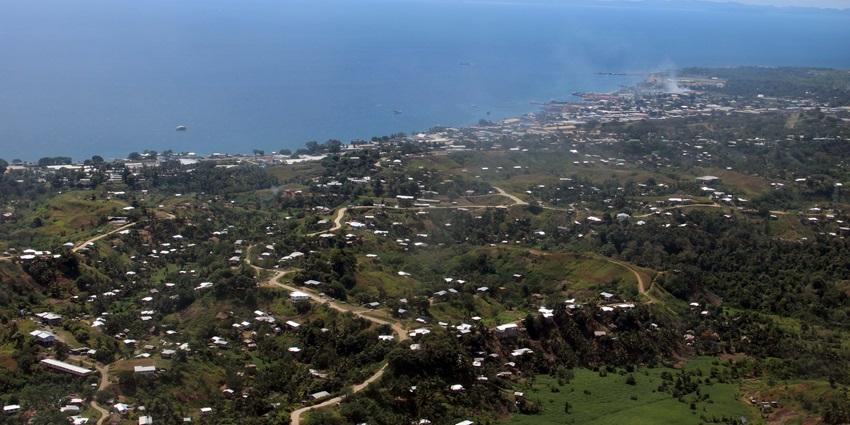
Photo: Jenny Scott / Wikimedia Commons
The Solomon Islands is an archipelago nation in the South Pacific, located east of Papua New Guinea and northwest of Vanuatu. It consists of six major islands and over 900 smaller islands, spread across the Melanesian region. The capital city, Honiara, is situated on Guadalcanal Island. It is well-known for its World War II history. This island offers a remote yet enchanting escape for travellers seeking an off-the-beaten-path adventure. Surrounded by crystal-clear waters, thick rainforests, and diverse marine ecosystems, it is a true tropical paradise.
How To Reach
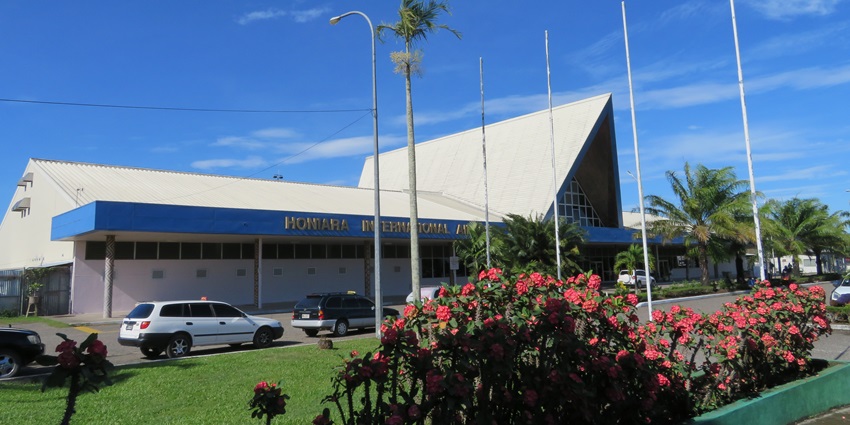
Photo: Torbenbrinker / Wikimedia Commons
By Air: Fly to Honiara International Airport (HIR), the main gateway to the islands, with flights from Australia, Fiji, Papua New Guinea, and Vanuatu.
By Road: Road travel is available within major islands such as Guadalcanal, with taxis, buses, and rental cars in Honiara.
By Water: Ferries and speedboats connect the islands, with regular services from Honiara to provinces such as Western, Malaita and Makira.
Places To Visit In The Solomon Islands
Here is a list of famous places to see on your holiday during your visit to these islands for the perfect experiences:
1. Marovo Lagoon
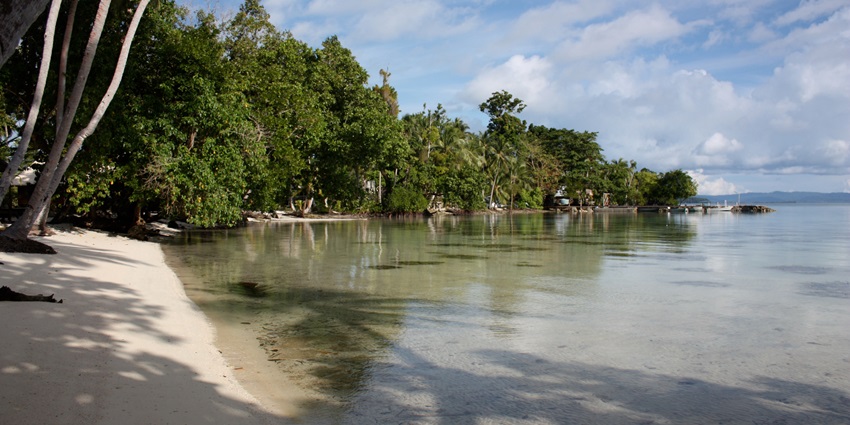
Photo: Xplore Dive / Wikimedia Commons
Marovo Lagoon is the world’s largest saltwater lagoon, a UNESCO World Heritage Site. It is one of the most stunning locations on these islands. Encircled by coral reefs and small islands, the lagoon offers exceptional snorkelling, diving and kayaking experiences. The crystal – clear waters provide a window into a vibrant underwater world, home to colourful fish, manta rays and reef sharks. Visitors can explore traditional villages and learn about the local way of life while enjoying breathtaking sunsets.
Location: Western Province
Timings: Open year-round; activities typically operate during daylight hours
2. Skull Island
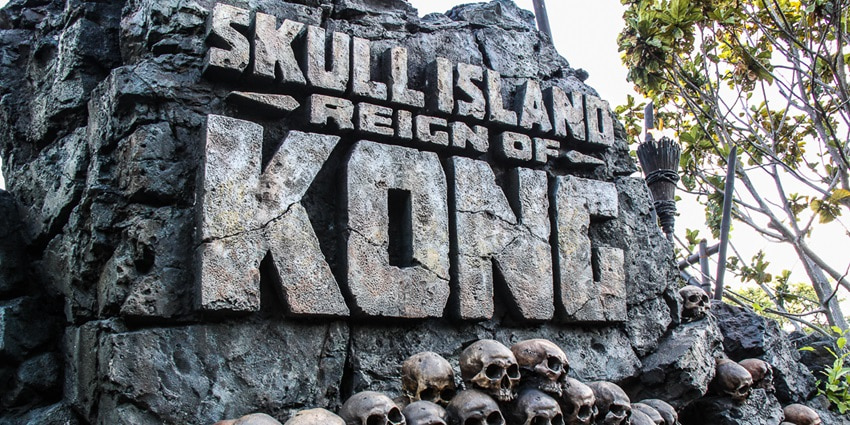
Photo: Paulo Guereta / Wikimedia Commons
Skull Island is one of the most historically significant sites here. Located in the Western Province, it is home to ancient skull shrines dating back to the era of headhunting warriors. These shrines, made up of skulls from tribal chiefs and enemies, reflect the island’s complex cultural traditions. Guided tours offer fascinating insights into local customs, warrior rituals, and tribal beliefs. While the headhunting tradition no longer exists, Skull Island remains an important symbol of the indigenous heritage.
Location: Near Munda in the Western Province
Timings: Accessible during daylight hours; guided tours recommended
3. Honiara
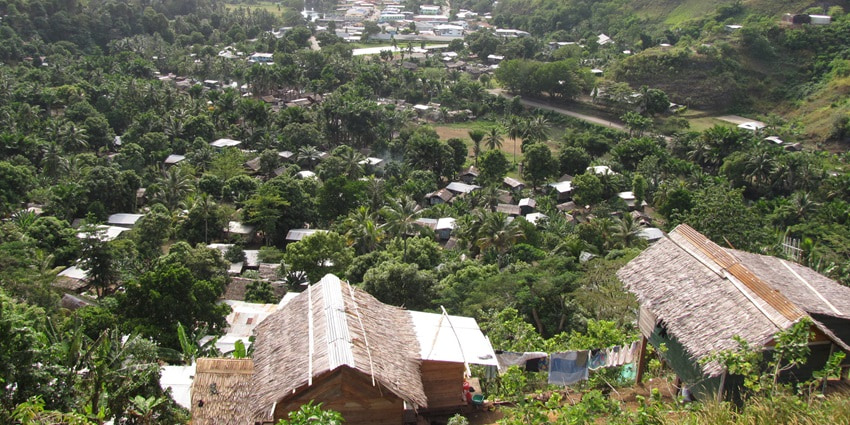
Photo: Friars Balsam / Wikimedia Commons
Honiara, the capital of the Solomon Islands, serves as the gateway to the nation’s history, culture, and economy. Visitors can explore the Central Market, known for its fresh produce, handcrafted souvenirs, and lively atmosphere. The National Museum offers insights into the country’s indigenous traditions, colonial past, and WWII history. For history buffs, the Guadalcanal American Memorial and Bloody Ridge Memorial are must-visit sites. These commemorate the pivotal battles fought here during World War II.
Location: Capital city on Guadalcanal Island
Timings: Depends on the specific attraction
Famous Attractions: Bonegi I and II, Guadalcanal American Memorial, Honiara Central Market
4. Rennell Island
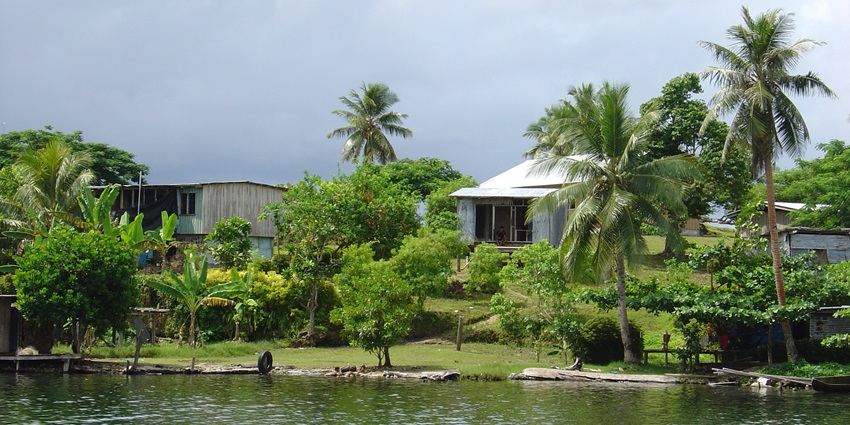
Photo: S. A. Tabbasum / Wikimedia Commons
Rennell Island is a UNESCO World Heritage Site and home to Lake Tegano, the largest raised coral atoll in the world. This remote and untouched island is a paradise for nature lovers, birdwatchers, and adventure seekers. Visitors can enjoy kayaking on the lake, hiking through dense rainforests, and spotting rare endemic bird species. The island’s biodiversity and pristine landscapes make it one of the most ecologically important locations here.
Location: Southernmost island, home to Lake Tegano
Timings: Open year-round; activities typically during daylight hours
Where To Stay
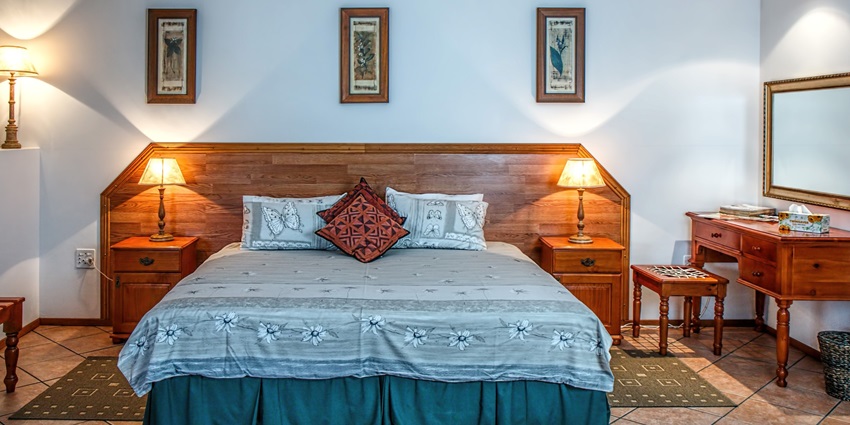
Photo: CC0 Public Domain / PxHere / Image For Representation Only
Accommodation in the Solomon Islands caters to all budgets, from luxury resorts to eco-friendly lodges and budget-friendly stays. Heritage Park Hotel in Honiara offers a premium experience with modern amenities, pleasant gardens, and ocean views. King Solomon Hotel, also in the capital, is famous for its unique design and central location. For a beachfront retreat, Fatboys Resort in Gizo provides overwater bungalows and a peaceful island setting. If you prefer an exclusive escape, Tavanipupu Island Resort offers a luxurious private island experience with world-class hospitality and pristine surroundings.
Where To Eat
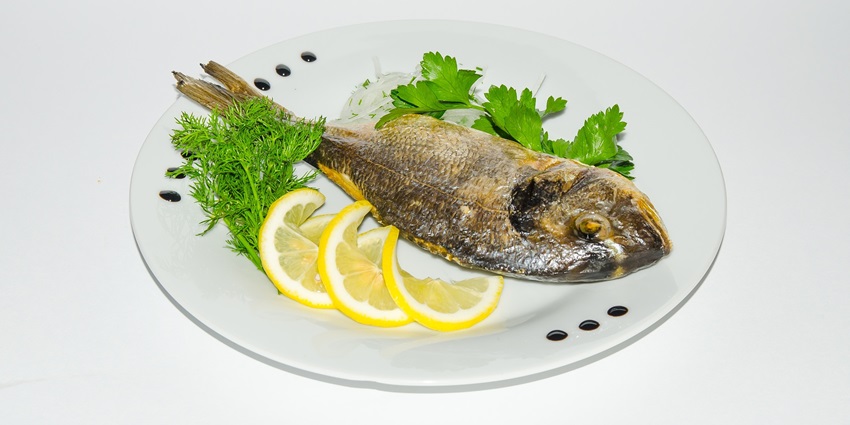
Photo: CC0 Public Domain / PxHere / Image For Representation Only
The cuisine here blends fresh seafood, tropical fruits, and traditional island dishes. In Honiara, Coral Sea Resort & Casino offers a fine dining experience with oceanfront views and a mix of local and international dishes. Hakubai Japanese Restaurant is known for its authentic sushi and Japanese delicacies. For casual dining, Capitana Restaurant serves a variety of meals, including seafood and island-style grilled meats. Local markets, such as Honiara Central Market, are perfect for trying fresh produce. These include tropical fruits and traditional meals such as kokoda (raw fish in coconut milk).
Best Time To Visit
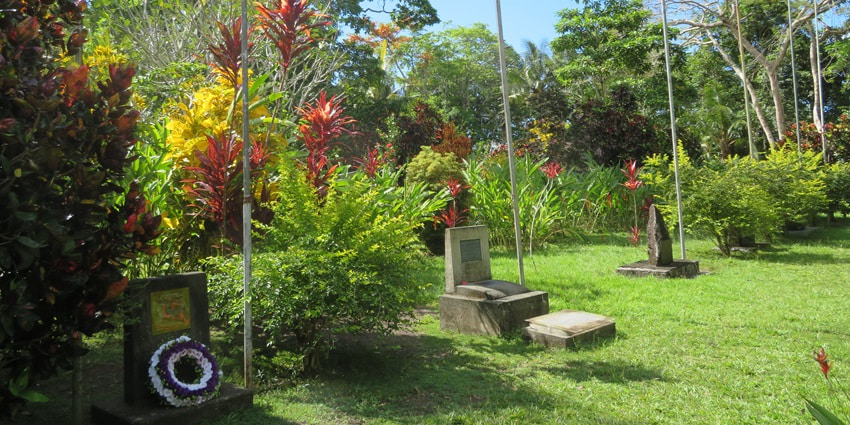
Photo: Torbenbrinker / Wikimedia Commons
The best time to visit the Solomon Islands is between May and October, during the dry season. This period offers warm, pleasant weather with minimal rainfall, perfect for outdoor activities such as diving, snorkelling, and hiking. The wet season, from November to April, brings heavy rainfall and an increased risk of cyclones, which may affect travel plans and accessibility to remote islands. To enjoy the islands to the fullest, plan your trip in the dry season. At this time, the waters are clear, wildlife is abundant, and cultural festivals take place across the region.
Tips For Travellers
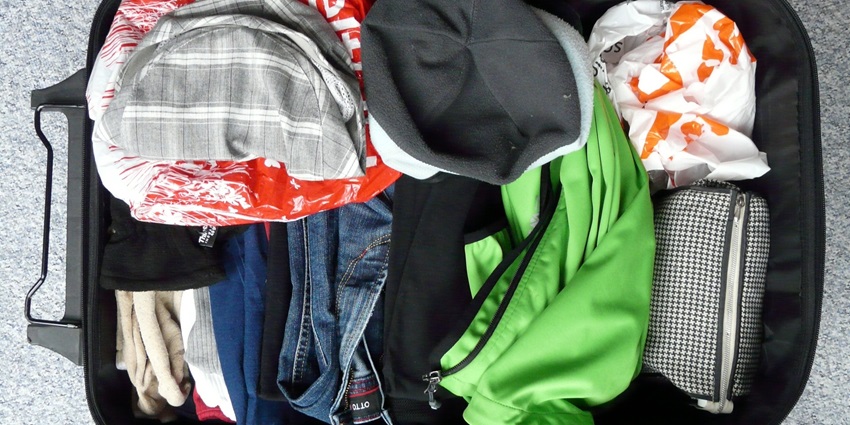
Photo: CC0 Public Domain / PxHere / Image For Representation Only
- Respect local customs and seek permission before taking photos of locals.
- Pack lightweight clothing, insect repellent, and reef-safe sunscreen.
- Carry cash, as smaller islands have few ATMs.
- Stay updated on travel advisories, especially during cyclone season.
- Use local ferries or domestic flights for inter-island travel.
The Solomon Islands offer an unforgettable escape into a world of natural beauty, culture, and historical significance. From the breathtaking Marovo Lagoon to the historic Skull Island, this Pacific paradise is ideal for adventurers. Whether exploring Honiara’s busy markets or diving in Rennell Island’s crystal-clear waters, these islands have something for everyone. This destination promises a once-in-a-lifetime experience. Plan your dream getaway with TripXL and embark on a memorable journey.
Cover Photo: AusAID / Wikimedia Commons


 WhatsApp
WhatsApp
 Twitter
Twitter









